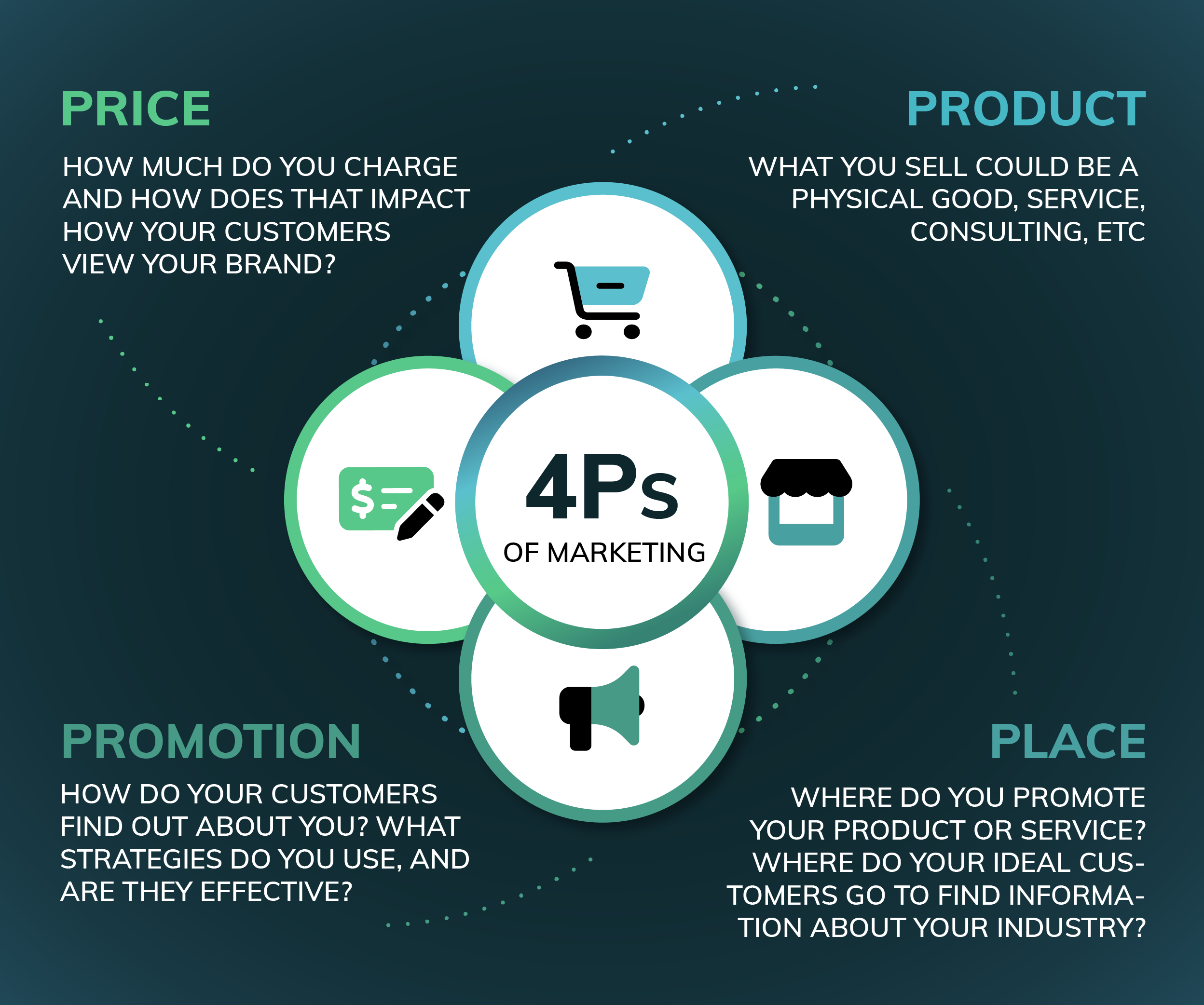Channel: A channel is any of the many avenues or vehicles that can be used to deliver communication and marketing messages. Communication channels are the means through which people and organizations interact. There are many different types of communication channels, each with its own strengths and weaknesses. The best way to select the right communication channel is to consider the purpose of the communication, the preferences of the audience, and the time frame in which the message needs to be delivered.
Communications and Marketing Plan: A communications and marketing plan is one that is both strategic and tactical, created to support an organization’s or initiative’s overall strategic plan. Businesses use marketing plans as a strategic roadmap to organize, execute, and track their marketing strategy over a given period.
Marketing Strategy: Marketing strategy is an organization’s promotional efforts to allocate its resources across a wide range of platforms, channels to increase its sales and achieve sustainable competitive advantage within its corresponding market. A marketing strategy describes how a business will accomplish a particular goal or mission (e.g., including campaigns, content, channels, and marketing software they’ll use to execute that mission and track its success). A thorough marketing strategy covers the four Ps of marketing: product, price, place, and promotion. Marketing’s main goal is to educate and advertise a product, service, idea, or organization. In our case, the product is availability of specific incremental credential programs—for learners and employers—in your state and/or institution.

Strategic Communication: Strategic communication is an umbrella term to describe the activities of disciplines including public relations, management communication, and advertising. The approach focuses on strategy rather than specific tactics. Strategic communications refers to an organization’s planned and purposeful use of communications principles, strategies, and initiatives to further its goals, mission, and/or values. Focus on conveying a specific message that is not necessarily related to advertising. In incremental credentialing, the message may be to make the case for an incremental credentialing system—to raise awareness of new approaches and build commitment to transforming the degree-centric credentialing system to an incremental credentialing system.
Strategic Planning: Strategic planning focuses on the 3C’s in a marketing strategy: Customer, Corporation, and Competitors. A detailed analysis of each factor is key to the success of strategy formulation. The 3 C’s refer to the following three questions:

Credential As You Go has acquired three phases of funding to date. Lumina Foundation funded Phase I, resulting in the Incremental Credential Framework for testing. The Institute of Education Sciences, U.S. Department of Education funds Phase II (Grant R305T210063), which focuses on rapid prototyping of and research on incremental credentials with a national campaign. An anonymous private donor fund at the Program on Skills, Credentials & Workforce Policy at George Washington University funds the development of the prototype Learn and Work Ecosystem Library. Walmart funds Phase III, which focuses on systems change for expansion and sustainability of incremental credentials. The opinions expressed are those of the authors and do not represent views of Lumina Foundation, Institute of Education Sciences, the U.S. Department of Education, Walmart, or George Washington University.